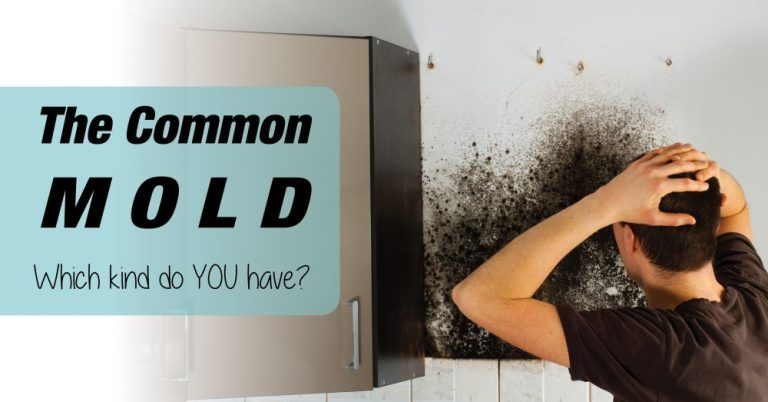
Mold exists in every household, no matter where you live. It’s a natural part of the air in any home. Hot or cold climates, it doesn’t matter. Mold only becomes a problem if it is allowed to grow and spread unchecked, which can lead to respiratory problems in those with suppressed immune systems, who suffer from allergies or have asthma. Severe indoor mold infestations can also affect otherwise healthy people. It can also damage your home.
There are many different mold types that can be found in homes and different health problems can occur depending on the type of mold to which you are exposed. While there are more than one hundred different kinds of mold sometimes found in homes, we want to help you identify the most common.
Aspergillus
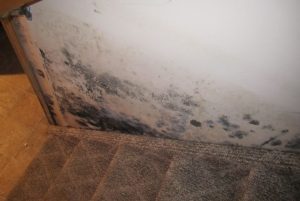
Aspergillus is a type of mold frequently found indoors and most commonly found on food. It can cause allergic reactions, respiratory infections, and a condition called hypersensitivity pneumonitis, which causes inflammation of the lungs. aspergillus usually causes only minor symptoms in healthy adults, but some people are more susceptible to health problems related to exposure to this type of mold. Aspergillus grows best in wet climates that have a range of temperature between 53 degrees Fahrenheit and 149 degrees Fahrenheit.
Cladosporium
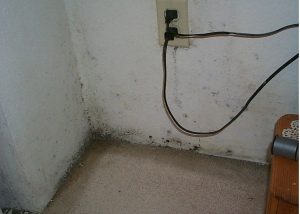
Cladosporium is a type of mold often found growing inside homes. While most types of mold prefer warm climates, Cladosporium can grow in cool areas, too. It often grows on fabrics, like carpets, and on wood surfaces, like cabinets and floorboards. It can cause a variety of respiratory problems. Cladosporium species are rarely pathogenic to humans but have been reported to cause infections of the skin and toenails as well as sinuses and lungs. The airborne spores of Cladosporium species are significant allergens, and in large amounts, they can severely affect asthmatics and people with respiratory diseases.
Penicillium
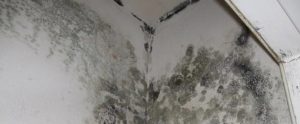
As far as mold goes, the usually blue or a green Penicillium is the most famous. Penicillium is often found growing on materials that have been damaged by water, including carpeting, wallpaper, insulation, and furnishings like mattresses. It’s one of the mold types that spread quickly and easily from one part of the home to another. Exposure to penicillium can cause allergic reactions, chronic sinus infections, and inflammation of the lungs.
Stachybotrys Chartarum
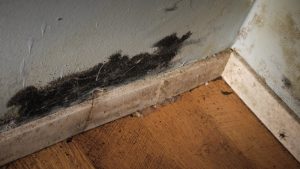
This is perhaps the most feared mold. Stachybotrys chartarum is often referred to as “black mold” due to its slimy black appearance. It’s sometimes referred to as “toxic mold,” although the mold itself is not toxic; it produces toxic compounds called mycotoxins, which cause health problems when people come in contact with them. It can cause allergic reactions, breathing problems, chronic sinus infections, asthma attacks, fatigue, and depression. Stachybotrys chartarum has a characteristic musty odor and usually grows in places that stay damp all the time, like in air conditioning ducts where there is a lot of condensation or around leaky pipes.
The most obvious thing you probably noticed about this blog is how similar all these molds look. While the majority of molds aren’t necessarily dangerous you can’t rely on your own research. Please look for a professional that is a certified mold remediation expert to help you protect your home.
